

The purpose of this page is to provide you with some information that I hope will help you enjoy your stay
(or at least be comfortable) in Telluride. The information is primarily based on my own experiences
attending TSRC workshops in each of the last six years. I took the accompanying photos while hiking
in the high country around the town.
| Getting acclimated. The town of Telluride (also known as "To Hell You Ride") is located in a box canyon in the rugged San Juan Mountains in southwest Colorado. The elevation of the town is 8,700 ft (2650 m). The town is situated at a local minimum, so there is nowhere to go but up from there. The surrounding mountains reach heights of 12,000 to 14,000 ft (3,700 to 4,300 m). You will notice the effects of the altitude immediately, and it will take at least a couple of days to get acclimated. You will experience shortness of breath, quickened pulse, and light-headedness. You might also experience a touch of nausea and insomnia. The standard prescription for coping with the altitude is to remain well hydrated, and take it easy on the caffeinated and alcoholic beverages. I have also found that taking aspirin (blood thinner) helps suppress the maladies of altitude sickness, and melatonin beats the insomnia. |
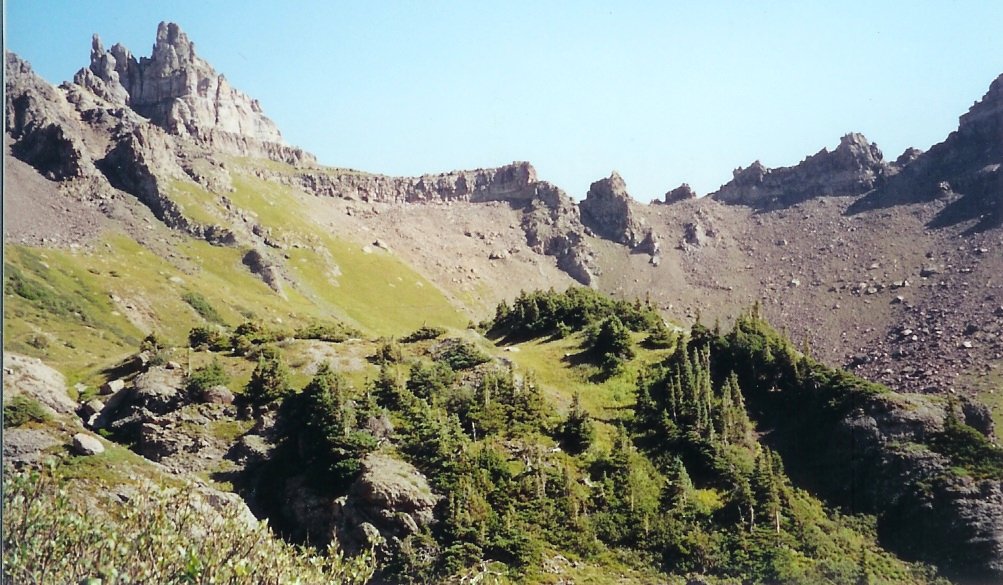
|
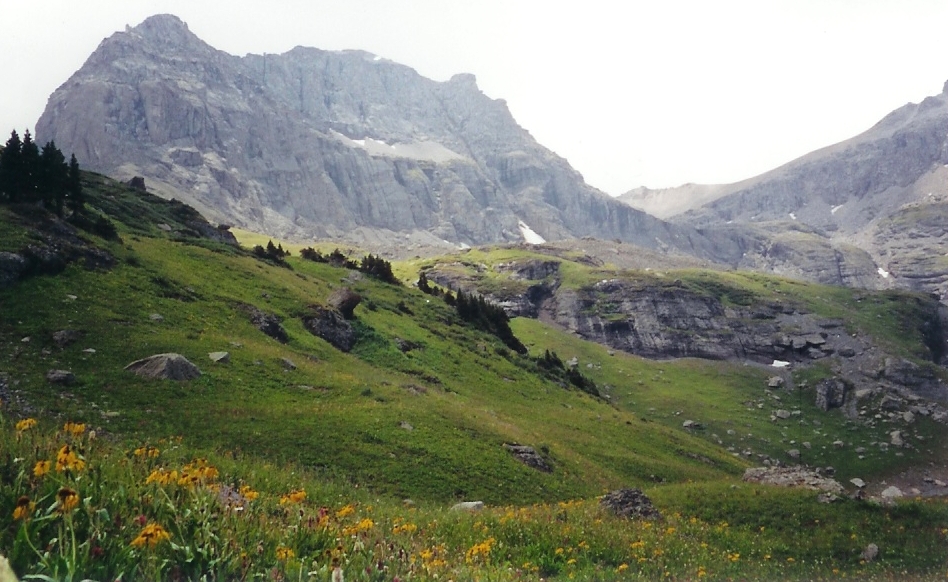
|
Weather. The only way to know what the weather will be like in Telluride is to stick your head out the window, and that method of forecasting is usually only good for a few minutes. That said, the "typical" weather pattern in late summer is clear mornings with afternoon and evening thunderstorms. Daytime high temperatures are usually in the upper 60s F to low 70s F (upper teens to low 20s C), and nighttime lows usually dip down in the low 40s to upper 30s F (5-10 C). It is almost certain to rain while you're there, very hard at times. It probably won't snow, but you might get pelted by some hail. The good news is that it usually doesn't rain for very long. |
| Clothing and accessories. The best strategy for dealing with the variable weather conditions is to wear layers of clothing, culminating in a rain jacket (with a nonconducting hood or a waterproof hat). If you plan to go hiking, you will need a sturdy pair of hiking shoes/boots, and a pair of light gloves might come in handy. Be prepared for the chilly nights. Most of the lodging facilities have a hot tub, so bring a swim suit if you wish to soak (highly recommended after a long hike). The mosquitos come out in the evening, so if you have a favorite recipe for repellent, bring it. |
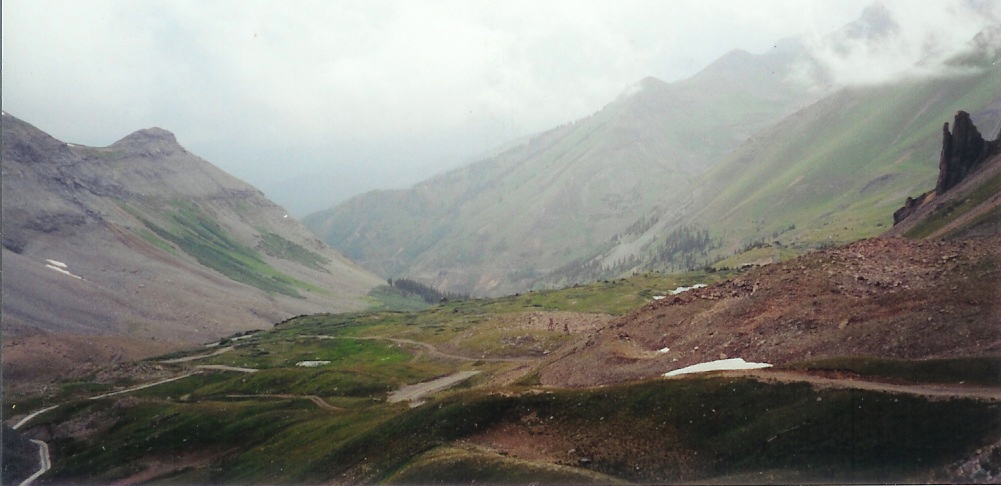
|
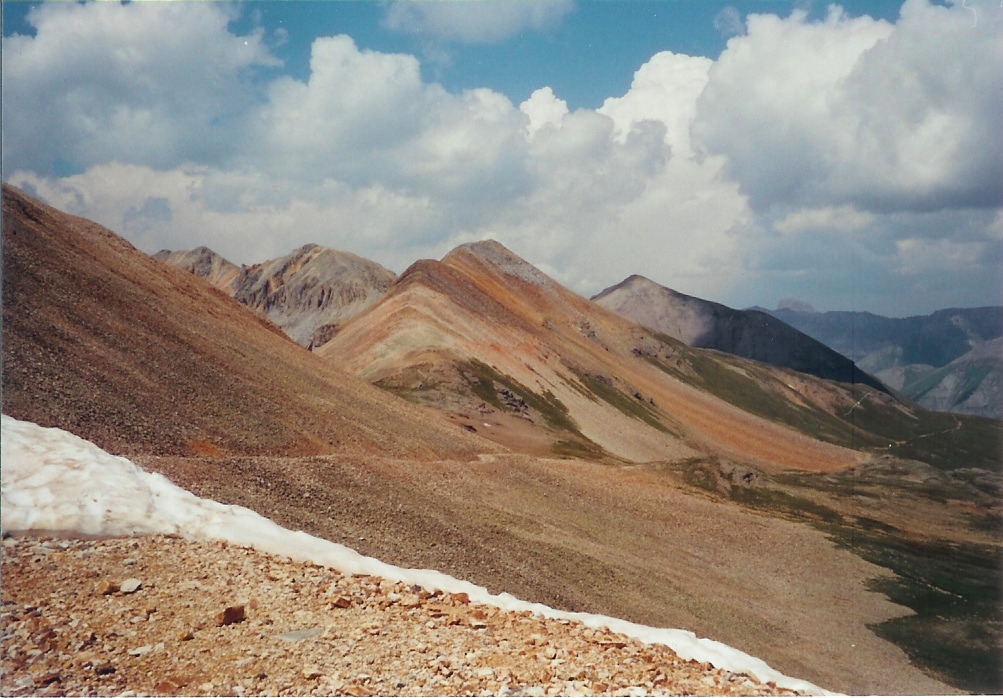
|
Recreational activities. The San Juan Mountains offer a wide variety of outdoor activities, including hiking, mountain biking, rock climbing, jeep tours, and trout fishing. The schedule of the workshop includes ample free time for you to explore the area, if you are so inclined. Be sure to bring appropriate clothing and gear (with the exception of a bike, which you can rent) if you plan to play outside. I plan to organize at least one group hike. The locals at TSRC and in the sports equipment shops can provide more information on specific activities. |
| Additional information. There's a lot to see and do in and around the town. In addition to being a mecca for outdoor enthusiasts, Telluride is a magnet for cultural activities, and since the locals traded in their picks and shovels for skis and poles, a wide variety of eating establishments and watering holes catering to clients across the spectrum, from rednecks and hippies, to movie stars, and even scientists, have sprouted up. There are many web sites containing a wealth of information on Telluride, including its fascinating history. A particularly comprehensive site is www.telluridetoday.com. |
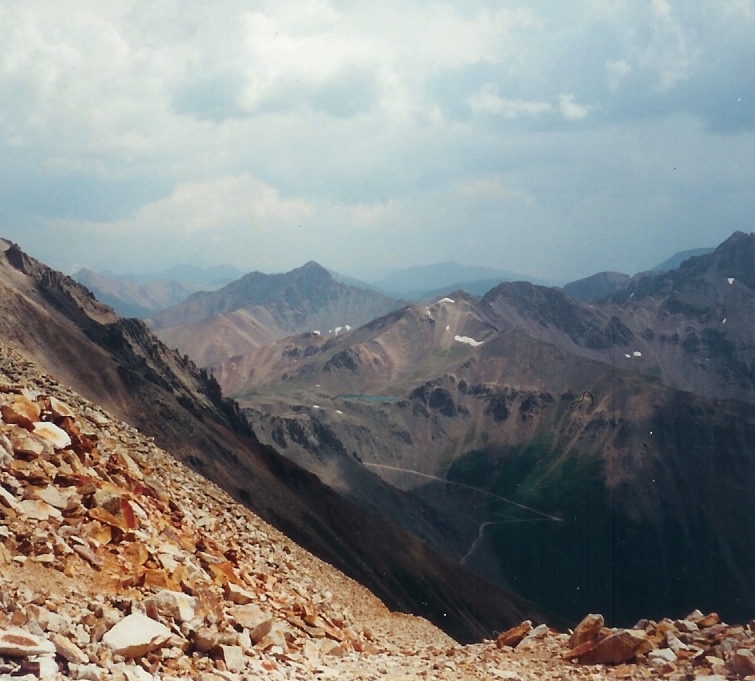
|